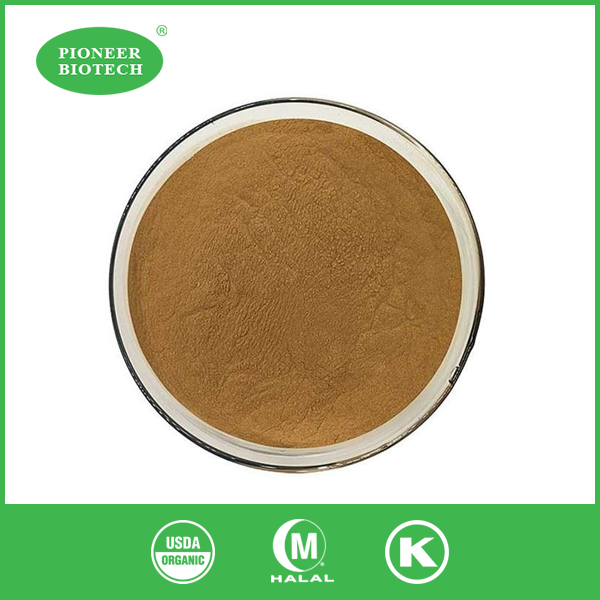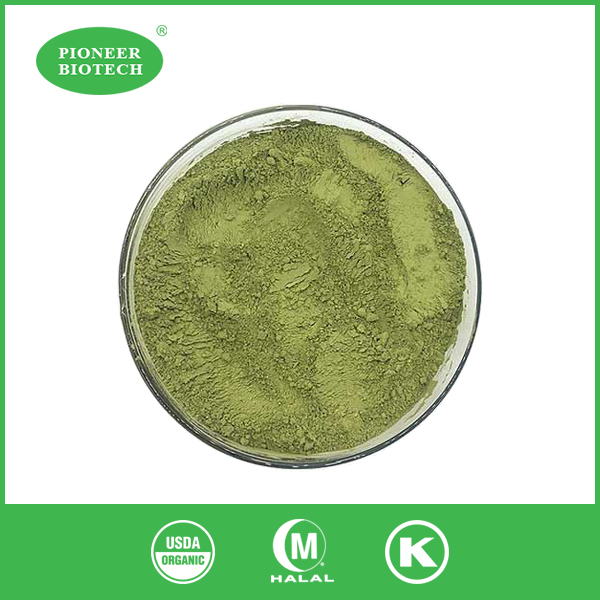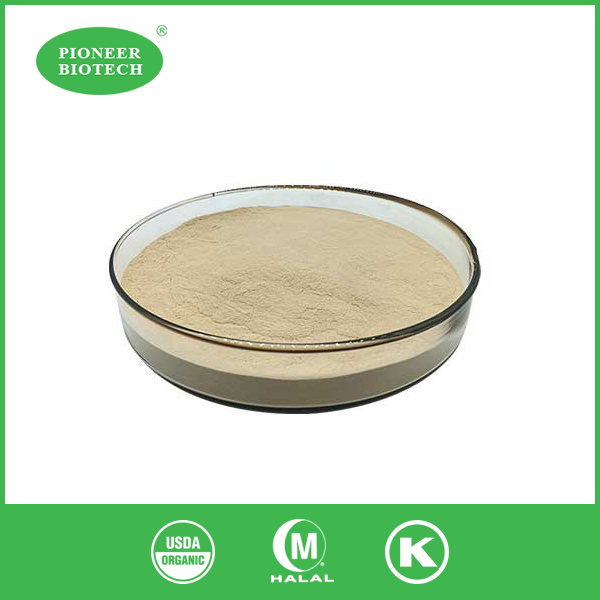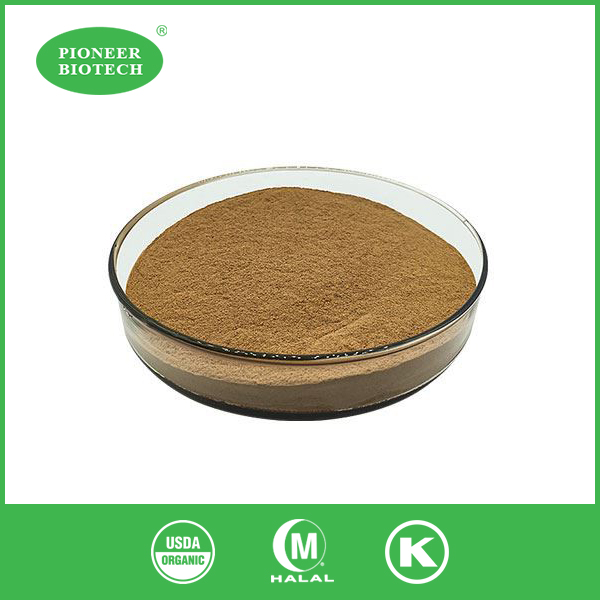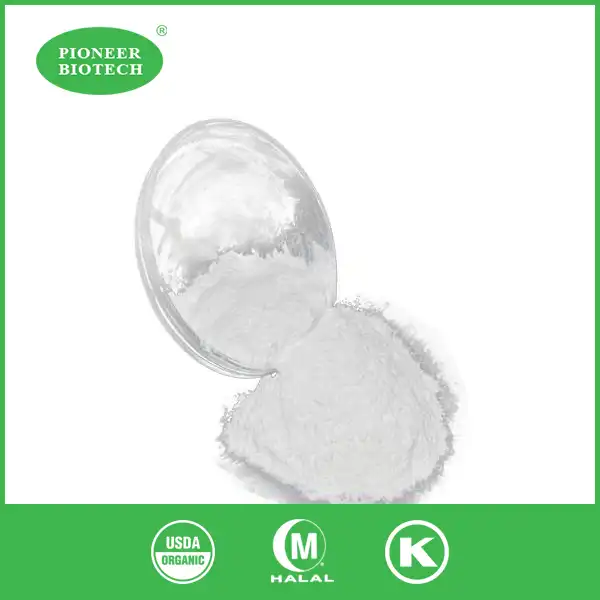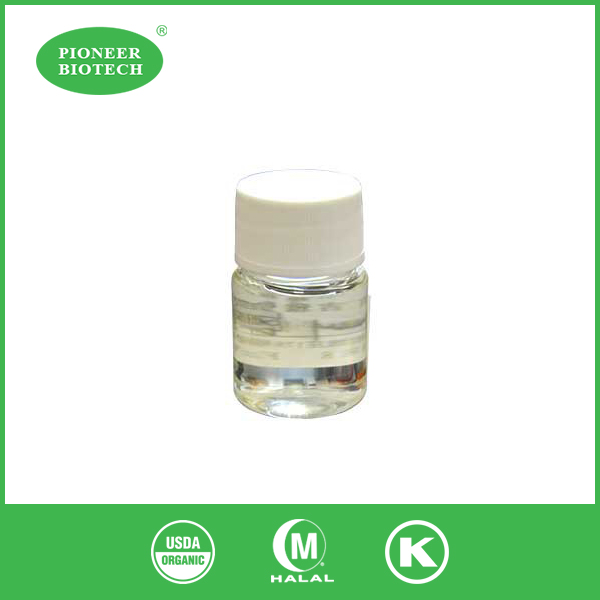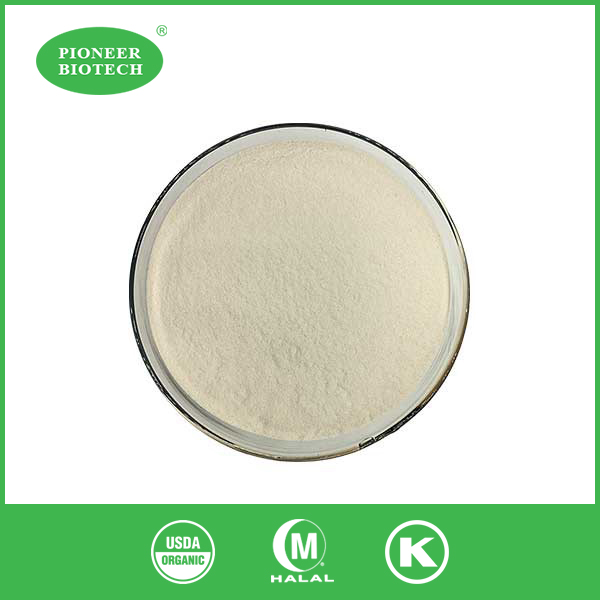What is Lactoferrin?
What is Lactoferrin?
Lactoferrin is a multifunctional glycoprotein found in various biological fluids, including milk, saliva, tears, and mucus secretions. It plays a crucial role in the innate immune system and has several other biological functions. Here's an overview of lactoferrin and its roles:
What does Lactoferrin do?
Lactoferrin, a multifunctional protein found in different substantial liquids such as drain, spit, tears, and bodily fluid, serves a few fundamental parts within the body:
Antimicrobial Movement: It shows powerful antimicrobial properties, repressing the development of microbes, infections, parasites, and other pathogens. It accomplishes this by sequestering press, a supplement essential for microbial development, subsequently denying pathogens of press and constraining their capacity to reproduce.
Safe Direction: It makes a difference balance the resistant reaction, improving the movement of safe cells such as macrophages, neutrophils, and T cells. It helps within the acknowledgment and annihilation of pathogens whereas controlling the fiery reaction, advancing an suitable safe response to infections.
Press Transport and Metabolism: As an iron-binding protein, It is included in transporting and directing press within the body. It ties to press particles with tall partiality, conveying press to cells that require it for basic metabolic forms, such as ruddy blood cell generation and cellular breath. It moreover makes a difference control press homeostasis by sequestering abundance press and anticipating its accumulation.
Intestine Wellbeing: It contributes to keeping up intestine wellbeing by balancing the intestine microbiota and supporting the astuteness of the intestinal obstruction. It advances the development of advantageous microscopic organisms whereas restraining the multiplication of hurtful pathogens, making a difference to avoid intestinal diseases and inflammation.
Anti-inflammatory Impacts: Lactoferrin has anti-inflammatory properties, lessening aggravation and tissue harm. It hinders the generation of pro-inflammatory cytokines and advances the movement of anti-inflammatory arbiters, supporting within the determination of irritation and tissue repair processes.
Antioxidant Movement: It shows antioxidant properties, rummaging free radicals and ensuring cells from oxidative harm. It makes a difference neutralize responsive oxygen species (ROS) and responsive nitrogen species (RNS), which can cause cellular harm and contribute to different illnesses and aging-related processes.
Wound Mending: It is involved within the prepare of wound recuperating, advancing tissue repair and recovery. It fortifies cell multiplication, tweaks the fiery reaction, and improves the action of development variables included in wound recuperating, such as changing development factor-beta (TGF-β) and vascular endothelial development calculate (VEGF).
What is the function of Lactoferrin?
The function of lactoferrin encompasses several important roles in the body:
Antimicrobial Activity: It acts as a natural antimicrobial agent, inhibiting the growth of bacteria, viruses, fungi, and other pathogens. It achieves this by binding to iron, an essential nutrient for microbial growth, and making it unavailable to the pathogens, thereby limiting their ability to reproduce and cause infection.
Immune Regulation: It plays a vital role in regulating the immune system. It helps modulate the activity of various immune cells, such as macrophages, neutrophils, and T cells, enhancing their ability to recognize and destroy pathogens. It also helps regulate the inflammatory response, promoting a balanced immune reaction to infection and preventing excessive inflammation.
Iron Transport and Metabolism: It is an iron-binding protein that transports and regulates iron in the body. It binds to iron with high affinity, helping to transport it across cell membranes and deliver it to cells that require it for essential metabolic processes, such as red blood cell production and cellular respiration. It also sequesters excess iron, preventing its accumulation and potential toxicity.
Gut Health: It plays a role in maintaining gut health and integrity. It helps modulate the composition of the gut microbiota, promoting the growth of beneficial bacteria while inhibiting the proliferation of harmful pathogens. It also supports the integrity of the intestinal barrier, helping to prevent intestinal infections, inflammation, and permeability.
Anti-inflammatory Effects: It exhibits anti-inflammatory properties, helping to reduce inflammation and tissue damage. It inhibits the production of pro-inflammatory cytokines and promotes the activity of anti-inflammatory mediators, contributing to the resolution of inflammation and tissue repair processes.
What does Lactoferrin do?
Lactoferrin serves multiple functions in the body:
Boosts the immune system: It enhances immune cell activity and promotes the production of antibodies, helping the body fight infections.
Supports gut health: It exhibits prebiotic properties by nourishing beneficial gut bacteria, promoting a healthy intestinal environment, and reducing the risk of gastrointestinal disorders.
Supports iron absorption: It aids in the absorption of dietary iron, preventing iron deficiency anemia.
Enhances wound healing: It promotes tissue repair and regeneration, speeding up the healing process for wounds and ulcers.
Provides antioxidant effects: It scavenges harmful free radicals, protecting cells and tissues from oxidative stress and damage.
At Pioneer Biotech, we specialize in high-quality lactoferrin products. If you are interested in learning more or purchasing lactoferrin supplements, please feel free to contact us at sales@pioneerbiotech.com.




